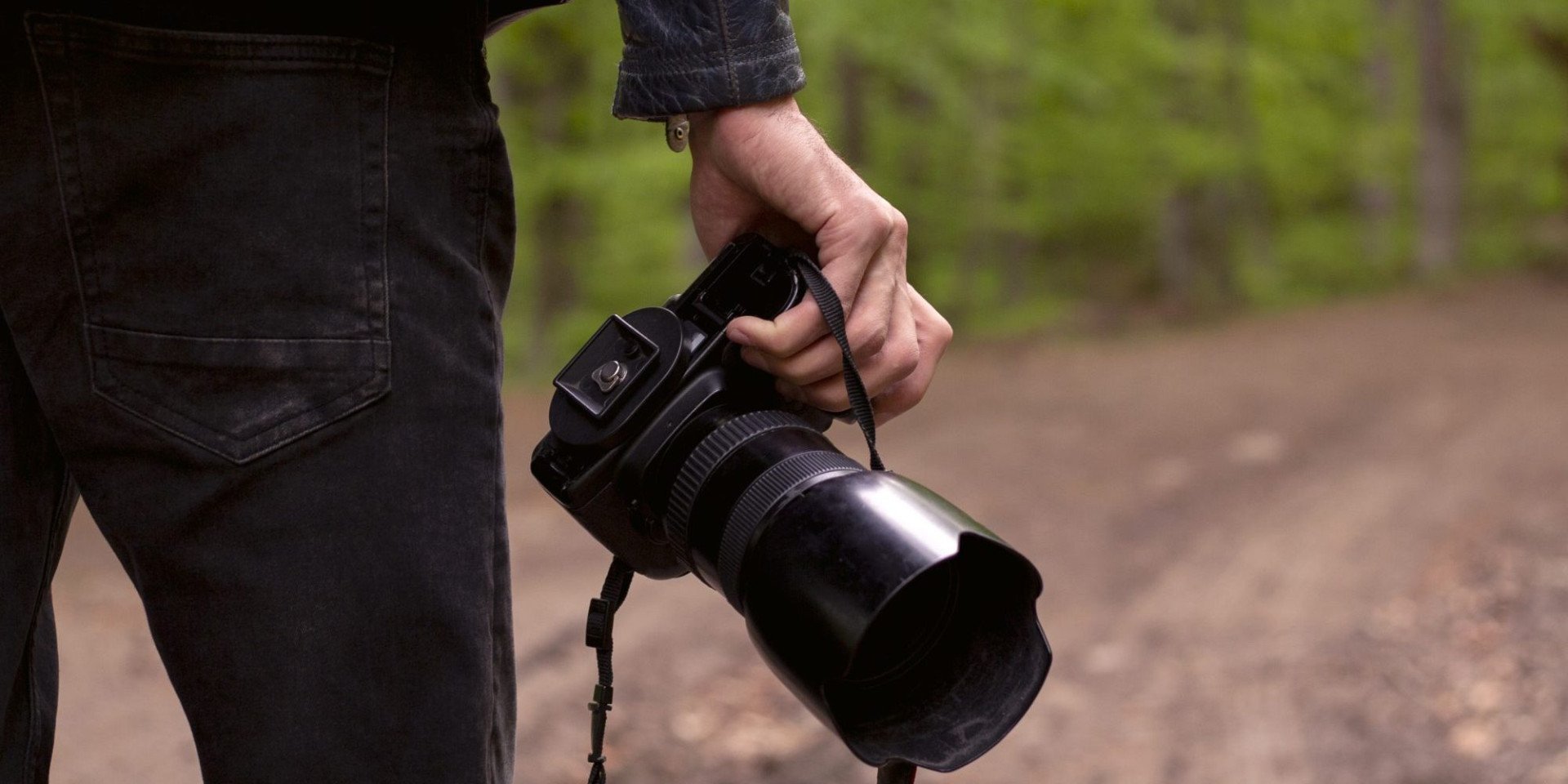Remember the time you visited a zoo as a child? Can you still feel your heartbeat racing, your eyes dancing from creature to creature drawn from the far corners of the world? Glued to the glass panel, you waited – camera in hand, itching fingers eager to capture the ‘roar’ of a lion or the ‘flutter’ of a spectrum of birds. As an adult, have you ever wondered about capturing the same wild essence, but in their natural habitats?
Well, you’re not alone. Wildlife photography holds a certain allure that’s both intoxicating and challenging, drawing millions of shutterbugs worldwide into the endless expanses of Mother Nature. Surprisingly, did you know less than 20% of them manage to get their shots right?
Why is Wildlife Photography Challenging?
The complexity of wildlife photography lies in its unpredictable nature. Creatures aren’t programmed like professional models. They won’t pose on request or wait till you adjust the lighting. Wildlife photography pushes you to your limits, demanding patience, precision, and above all, respect for the wild.
‘So how did I manage to get that perfect shot of the soaring eagle or the hunting tiger?’ you may ask. As a seasoned photographer, I can assure you, it isn’t through sheer luck. Let’s delve into some mind-honing, game-changing tips to master wildlife photography, techniques I’ve honed in my travels across the globe.
Eyes on the Prize: Understanding your Subject
An Old African proverb states, ‘only by knowing the habits of the gazelle, can the lion score its meal.’ The same principle applies to wildlife photography. Understand your subject – its behavior, habits, and intricacies – before clicking away. Remember, to respectfully capture the essence of the wild, you must first respect and understand its harmony.
Compose, Don’t Force: Craft Your Shot
In the grand theatre of wilderness, breathtaking acts unfold at every moment. Your job as a photographer is not to meddle, but meticulously compose your shots. The secret lies not in capturing what you see, but how you see it. A twilight silhouette of an antelope can be as appealing as the ferocious gaze of a predator. Your subjects aren’t confined to animals alone. Landscapes, trees, and even a single leaf can lead to incredible shots. It’s all about perspective. Speaking of which, did you ever consider the sky as a potential subject? The realm of aerial photography opens up a whole new world of possibilities!
Nature’s Time: Patience and Perseverance Pay Off
‘I waited for six hours under that tree, and all I got was a squirrel.’ Does that sound familiar? Wildlife photography is a waiting game. It requires immersing oneself in nature’s rhythm, anticipating moments, and capturing them instantaneously. For every stunning shot that makes it to your album, countless hours are spent studying, waiting, and experimenting. This endeavor is not for the faint-hearted but for those with an abiding respect for nature and passion for capturing its essence.
Eyes Wide Open: Capture the Unexpected
Possibly the most exciting part of wildlife photography is its unpredictability. A sudden flash of colour in the foliage could reveal an exotic bird spreading its wings; a rustle in the undergrowth might betray a predator’s stalking. Be always ready and willing to capture these unexpected spectacles. They not only showcase the raw vitality of the wild but also challenge you to adapt swiftly, enriching your skill set.
Master Your Kit: Know Your Gear
Familiarize yourself with your equipment before venturing out into the wild. Practise adjustments in aperture, shutter speed, and ISO until it becomes second nature. The difference between an amateur and a professional often lies in the usage of gear under pressure.
Explore Further
Now that we’ve scratched the surface, let’s dive deeper in our subsequent posts. We will delve into detailed techniques, examine stellar examples, and hear from seasoned wildlife photographers. What’s the creature you have set your lens on? No matter where your wild adventure takes you, remember, photography is not about intruding but about preserving the ethereal drama of Mother Nature through your lenses.


0 Comment